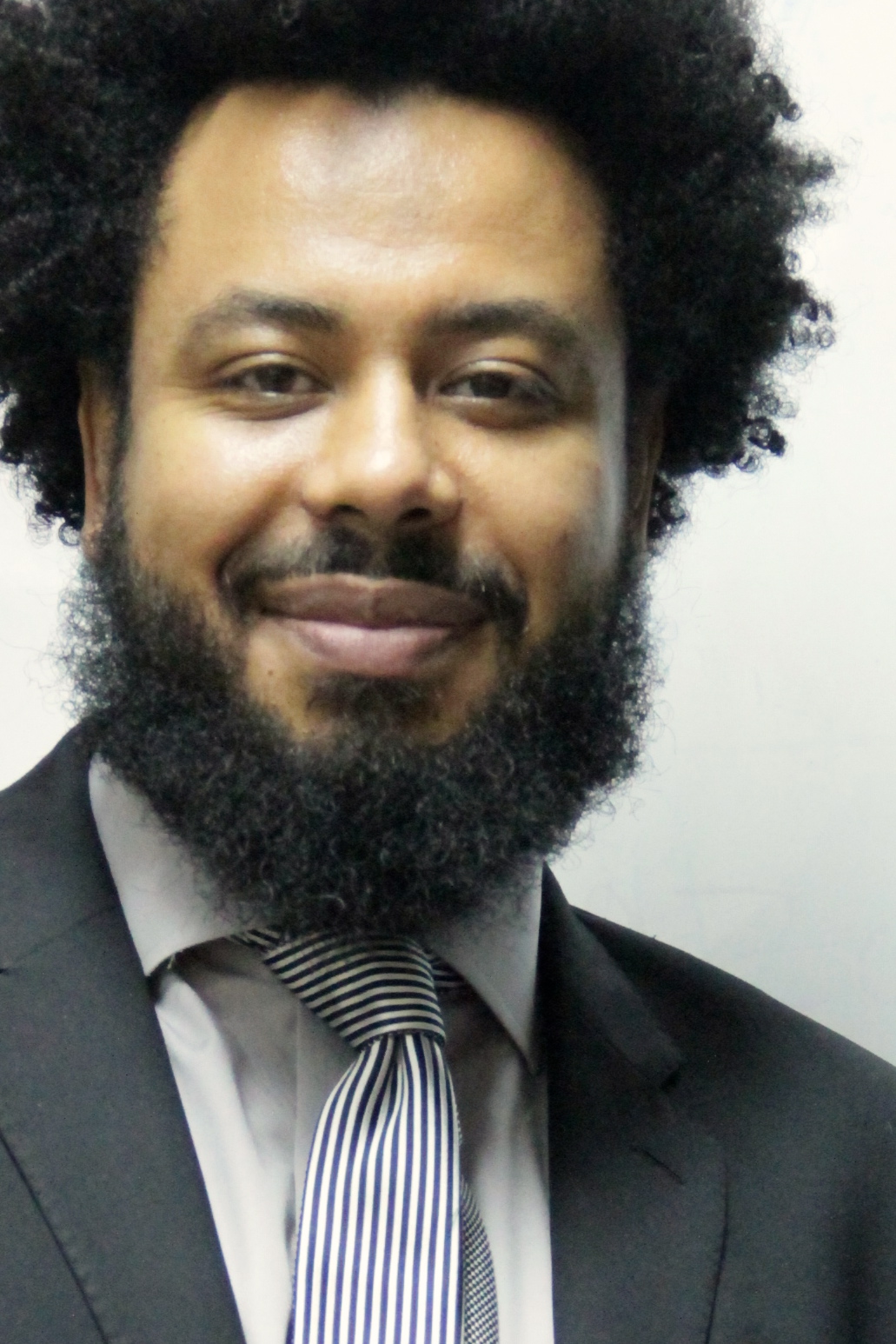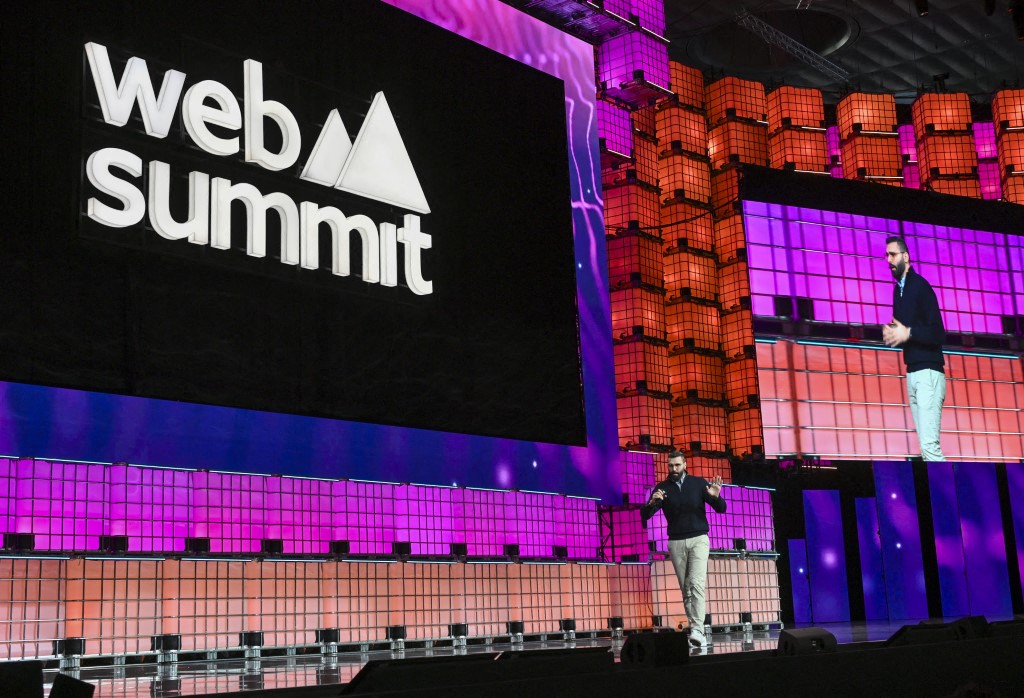The first step
Malaysian Airlines (MAS) has been grabbing headlines with the disappearance of MH370 this March and the shooting down of MH17 just two months later. The recent events raise an important question: what is the first lesson in damage control for a brand? Expect the unexpected and that a crisis will happen, sooner or later. Organizations should work well in advance to develop a crisis management strategy, which everyone throughout the organization is aware of – from the top, right down to staff on the ground level. Always put people and their safety first, and in front of the interests of shareholders; never go off-record, stick to the facts, and manage speculation proactively instead of delaying responses.
To manage a crisis effectively, you need a team of well-drilled, safe pairs of hands, who are empowered to tackle the task at hand while addressing the concerns of stakeholders. This can only happen if key staff members are regularly trained, using simulations, which help them to work on a constantly evolving crisis management handbook. In addition, tacit knowledge, learning, and experiences have to be reflected upon and captured well away from the crisis, before and after it.
Branding tales
Brands are meaning creators, language shapers, and game changers that seamlessly join messages, products and service offerings, in such a way that they deliver added value. Branded things are worth more than unbranded things. Brands are a visual, aural and verbal encapsulation of the unique characteristics that people attribute to a particular product or service.
A brand is also much more than a label or logo. Corporate brands have an identity, and hopefully a personality, which links its product or service and its people to the organisation. Brands should initiate a socialization process with the aim of communicating promises and values – inside and outside of the organisation.
Strong corporate brands are truthful, authentic, emotive, credible and steeped in heritage and purpose. They are designed to withstand recessions and market changes. Today’s markets demand more co-creation, and brands that have shown a high share of mind, heart and wallet are those that initiate dialogue between the company and its target audiences because consumer perceptions matter.
Rebranding?
There have been talks that Malaysian Airlines should consider a rebranding. Rebrand yes; but a name change, I’m not so sure.
There’s a real risk that a name change could backfire. It could signal, “we’ve changed and this is a new chapter”, but equally that, “we failed” – which could imply that this is an attempt to run away from the past. Though it can be argued that in some cultures a name change might be a good thing, it’s worth noting that name changes are also very costly exercises.
Furthermore, the MAS name and brand is linked to the Malaysian national brand. It is important to consider the damage a name change could have on Malaysia’s national brand equity, which is embodied in the value proposition of being ‘made in Malaysia’, or as the tourism slogan goes, Malaysia, truly Asia. I can’t imagine British Airways or Emirates Airlines contemplating a name change. It would be a mistake to walk away from the very culture and national identity and pride that the MAS brand has been built upon. There should be more work done to re-communicate what Malaysia stands for.
Also, any rebranding must be synchronized with the unveiling of a structural overhaul, otherwise it could be seen as just window dressing. Yes, by all means change the corporate colors, logo, uniform, and promotional activities; but a clear message of learning from the past and changing for the better is vital.
Before any rebranding, there needs to be a period of soul-searching and dialogue with all stakeholders. Then, the brand should devise a strategy that is driven by different marketing tools like public relations, social media, and multi-layered storytelling across platforms, rather than one-way advertising. Otherwise, the re-brand runs the risk of being like the guy who changes his name, puts some kohl in his eyes and buys a new suit. It might get you noticed, but lasting relationships are built on more than suits and a twinkle in your eye.
Lessons learnt
The MAH situation is a learning guide for all brands out there. Now that we live in an always-on world governed by social media, companies have to be able to respond within a matter of minutes, rather than hours.
Let’s take the recent example of the Qatar Airways bomb scare incident on the flight destined for Manchester airport. I watched the BBC’s rolling news, which covered the story as it unfolded. Studio newsreaders were talking to passengers, using their mobile phones and sending photos, whilst they were still on the airplane. Even though they had little idea of what was going on, and they were obviously very worried; passengers were asked to speculate and share their feelings. Companies can’t just work behind the scenes – they have to be part of the dialogue, showing professionalism, empathy and emotion.
Brands in many ways are like people and are increasingly being designed to behave like people. Therefore, build your reputation, forge strong ties of kinship, and don’t be afraid to say sorry, or admit your limitations – but communicate how you’re trying to improve, why people should care, and how it will benefit them. If you can do this, then people are more inclined to forgive and accept. Also, at the back of your mind always remember that moving with the times means developing an understanding of both slow and fast culture. Otherwise you’ll find yourself stuck in a time warp.







